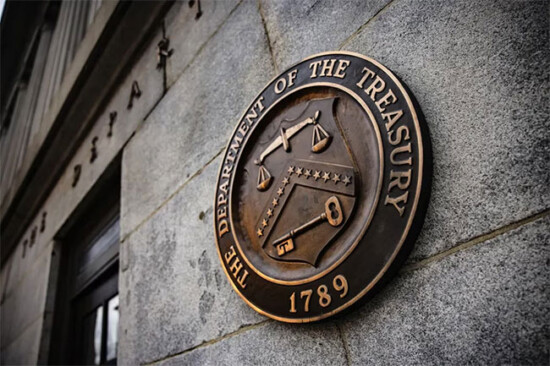According to a senior U.S. Treasury official, there were signs of of “potential improvement” in sovereign debt restructuring cases. It was advices that more vulnerable countries seek help, but further efforts are required to accelerate the process.
On Monday (23), Treasury Assistant Secretary for International Finance Brent Neiman acknowledged progress in the cases of Zambia, Ghana and Sri Lanka throughout the past year, as well as developments to new technical approaches. It was added that he hopes Ghana will reach agreement on its external restructuring in the coming weeks.
“We clearly haven’t gone far enough or fast enough and much more work remains,” Neiman said in a speech at the Johns Hopkins School for Advanced International Studies.
“The critical test of any progress will be whether it is sustained when, as seems likely, more countries come forward requesting debt treatments,” he said.
“But, I am hopeful that our recent efforts are yielding some movement toward an improved international debt architecture that can help low- and middle-income countries when they need it.”
No details were given regarding which countries may be ready to request help, whilst debt restructuring processes moved forward for Zambia, Ghana and others.
Whilst the Group of 20 major economies set up the Common Framework for debt relief for low-income countries during the COVID pandemic, only Chad and Zambia have completed the process. Ethiopia’s request remains in work.
The long-stalled pace of the debt restructuring process has reduced interest among other countries, despite the fact that a majority of low-income countries are in or near debt distress.
Neiman claims that the global leaders’ efforts in putting focus on the issue helped to elevate this topic toward the top of the international economic agenda. Borrowers, official and private sector lenders and international institutions have been gathered by the Global Sovereign Debt Roundtable (GSDR) to help agree on common terms and treatments.
Source: Reuters.




